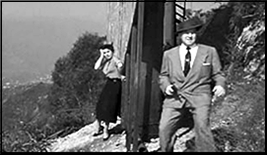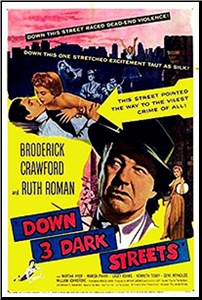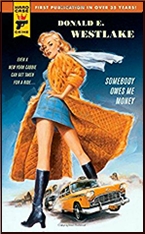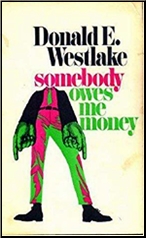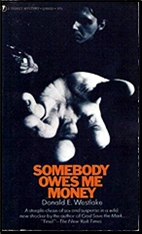IT IS PURELY MY OPINION
Reviews by L. J. Roberts
JOHN LESCROART – Poison. Dismas Hardy #17. Atria Books, hardcover, February 2018.

First Sentence: If opening day wasn’t the happiest landmark in Dismas Hardy’s year, he didn’t know what was.
San Francsico attorney Dismas Hardy is recovering from two gunshot wounds and thinking about retirement. The murder of Grant Wagner, the owner of a successful family business, changes his plans. Abby Jarvis was a former client of Hardy’s and is the prime suspect. She was Wagner’s bookkeeper and was receiving substantial sums of cash off the books, but she claims she is innocent. The further Dismas digs into the family relationships, the more precarious his own life becomes.
If you’ve not read Lescroart in a while, or ever, this is a good time to change that. He is a true storyteller. He engages the reader from the beginning with his style and humor— “Part of it, of course, was AT&T Park, which to his mind was essentially the platonic ideal of a ballpark. (Although, of course, how could Plato have known?)â€
There is a fair number of characters in the story, but Lescroart is adept at introducing them all and making them distinct enough not to become confused. Having the perspective of the victim’s family is an interesting approach.
In addition to a good recounting of the past case which caused Hardy to be shot, there is an excellent explanation of the steps and process of the law. Rather than its being dry reading, it involves one as if they are the defendant. Early on, it is revealed that poison was the cause of Wagner’s death, and interesting information on wolfsbane is provided. The link made from the first murder to the second is nicely done as it then becomes personally dangerous to Dismas.
The mention of food and family— “Hardy made them both an enormous omelet in his black cast-iron pan… They discussed the irony that he’d spiked the eggs with a cheese from Cowgirl Creamery named Mt. Tam, and that Frannie was going out to climb the very same Mount Tamalpais with her women’s hiking group in the next half hour or so.†—local landmarks, and all the San Francisco references, add realism to the story. Another such touch is the mention of a fellow author— “…C.J. Box novel, stopping on a high note when he laughed aloud after coming across the line ‘Nothing spells trouble like two drunk cowboys with a rocket launcher.’â€
Lescroart not only shows what happens on the defense side of a case, but also with the homicide team and, somewhat, with the prosecution team. The crisis within the Hardy household is realistically portrayed. Lescroart has a very good way of subtly increasing the suspense.
Poison is an extremely well-done legal thriller filled with details which can seem overwhelming yet are interesting and, most of all, important. The well-done plot twists keep one involved and the end makes one think.
The Dismas Hardy series —
1. Dead Irish (1989)
2. The Vig (1990)
3. Hard Evidence (1993)
4. The 13th Juror (1994)
5. The Mercy Rule (1998)
6. Nothing But the Truth (1999)
7. The Hearing (2000)
8. The Oath (2002)
9. The First Law (2003)
10. The Second Chair (2004)
11. The Motive (2004)
12. Betrayal (2008)
13. A Plague of Secrets (2009)
14. The Ophelia Cut (2013)
15. The Keeper (2014)
16. The Fall (2015)
17. Poison (2018)
18. The Rule of Law (2019)


